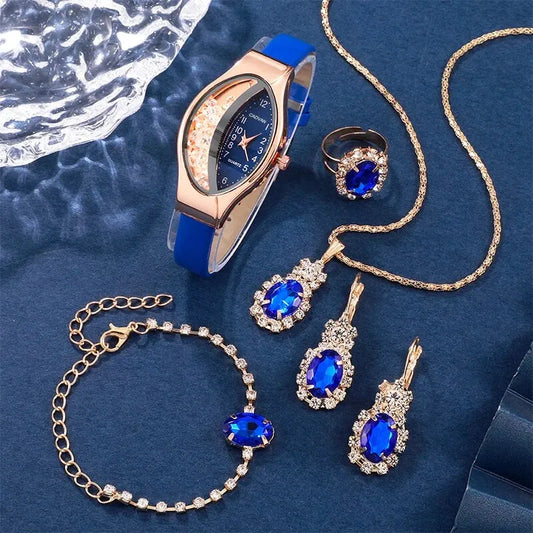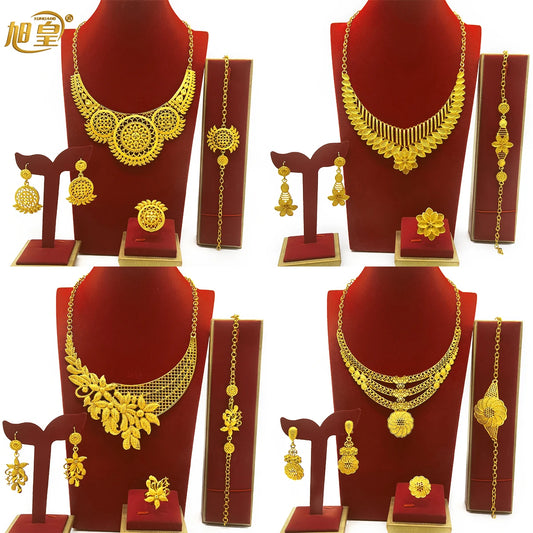British garden ornaments
British gardens have a rich history of incorporating ornaments to enhance their aesthetic appeal and reflect prevailing tastes and cultural influences. From grand stately homes to charming cottage gardens, these decorative elements play a significant role in creating unique outdoor spaces.
Popular Types of British Garden Ornaments:
- Statues and Sculptures: This category is vast, ranging from classical figures (like Greek and Roman gods, cherubs, gladiators) which gained popularity after the Grand Tour in the 18th century, to more contemporary abstract pieces and animal sculptures (stags, birds, dogs, hares). Buddha statues have also become a popular choice for creating tranquil spaces.
- Bird Baths: Both practical and decorative, bird baths are a common feature, providing water for wildlife and adding a focal point.
- Sundials and Armillary Spheres: These timeless pieces add elegance and a touch of historical charm to a garden.
- Urns, Vases, and Planters: Used for both architectural display and housing seasonal plants, these come in various styles, from classical to modern.
- Stone Benches: Offering a place for contemplation and rest, stone benches blend seamlessly with the natural environment.
- Water Features and Fountains: Bringing movement and sound to the garden, these can range from simple self-contained units to elaborate multi-tiered fountains.
- Wall Plaques and Art: Decorative elements for walls and fences, often featuring nature-inspired designs or classical motifs.
- Pagodas: Inspired by Asian design, these can add an exotic touch to a garden.
- Staddle Stones: Originally used to support granaries, these mushroom-shaped stones are now often used as decorative features or plinths.
Common Materials:
British garden ornaments are crafted from a variety of materials, each offering different aesthetics and durability:
-
Stone:
- Natural Stone: Includes limestone, granite, and marble. Natural stone weathers beautifully and offers a timeless, robust quality.
- Cast Stone (Reconstituted Stone): A popular and more affordable alternative to natural stone, made from a mixture of crushed stone and cement. It can replicate the appearance of natural stone and develops a similar patina over time.
-
Metals:
- Lead: Historically significant, especially in the 17th and 18th centuries, due to its workability and durability. Many older lead ornaments were painted to imitate other materials.
- Bronze: Highly durable and develops a beautiful patina over time.
- Cast Iron: Robust and often used for traditional designs like benches and animal figures.
- Aluminium: Lightweight yet durable, often finished to resemble bronze or other metals.
- Steel (including Corten Steel): Offers a modern, industrial look. Corten steel develops a distinctive rusted patina.
- Recycled Metal: Used for unique and often artistic sculptures.
-
Resin (Polyresin/Stone Resin/Fiberglass):
- Increasingly popular due to its affordability, versatility, and ability to be molded into intricate details. It's lightweight, durable, and often weather-resistant. Some resins incorporate crushed marble or stone for a more natural look.
- Wood: While less common for permanent ornaments due to weathering, wood is used for items like benches, arbours, and some sculptures.
- Terracotta: Primarily used for pots and planters, offering a classic, earthy feel.
Historical Context:
The use of ornaments in British gardens can be traced back to Roman times, but it truly flourished from the Tudor period onwards.
- Tudor Gardens: Featured walled compartments, knot gardens, and architectural elements like fountains and viewing mounts. Heraldic beasts were also common.
- 17th and 18th Centuries: Inspired by French formal gardens and the classical world, grand gardens incorporated numerous statues, urns, and vases, often made from lead or carved stone, reflecting classical learning and mythology. Notable sculptors like John Van Nost and John Cheere were prolific in lead ornamentation.
- Georgian Period: The "Grand Tour" led to an influx of classical statues and architectural features, transforming English gardens into idealized landscapes with temples, grottos, and statues.
- Victorian Era: Saw an explosion of interest in diverse plants and gardening styles. Italianate balustrades, terraces, and various decorative pieces became common.
- 20th Century onwards: Arts and Crafts movement emphasized more informal, natural planting, but structured elements and traditional ornaments continued to be popular. Modern gardens also embrace abstract art and a wider range of materials.
Where to Buy:
British garden ornaments can be purchased from a variety of sources:
- Specialist Garden Ornament Retailers: Many companies in the UK specialize in garden statues and sculptures, often offering a wide range of materials and styles (e.g., Chilstone for cast stone, Signature Statues for handcrafted stoneware, Devenick Designs for metal art).
- Garden Centres: Often stock a selection of popular ornaments, especially those made from resin or smaller stone pieces.
- Online Retailers: Provide a vast selection from various manufacturers.
- Antique and Salvage Yards: Excellent for finding unique, weathered, and historically significant pieces.
- Art Galleries and Sculptors: For unique, often bespoke, artistic pieces.
When choosing a British garden ornament, consider its material, style, and how it will complement your garden's overall design and the local climate.















